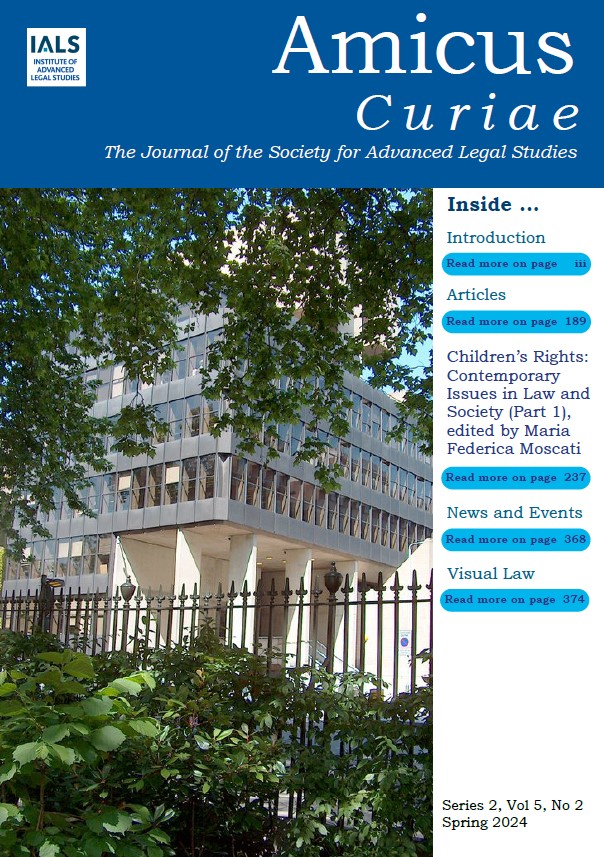Aesthetic Verdicts
The Intersection of Art Critique and Law in Whistler v Ruskin
DOI:
https://doi.org/10.14296/ac.v5i2.5690Abstract
This article examines the landmark 1878 defamation case of Whistler v Ruskin, a pivotal legal battle that underscored the complexities of adjudicating art criticism under defamation law. The trial arose from John Ruskin’s scathing critique of James McNeill Whistler’s work, which led Whistler to sue for libel, seeking validation not just of his art but of his artistic philosophy. Despite the public fascination and Whistler’s tactical use of the trial as a platform for self-promotion, the jury’s award—a derisory farthing—hinted at their view of the lawsuit as frivolous. This case emphasizes the intrinsic challenge of legal systems grappling with subjective art valuation and critiques, the evolving norms of defamation, and the implications for the freedom of speech. While Whistler nominally won, the repercussions for both men were significant, affecting their finances, reputations and positions within the art world, and the trial’s legacy continues to inform the discourse around art, law and cultural value.
Keywords: James McNeill Whistler; John Ruskin; Victorian libel law; defamation; art criticism; aesthetics; 19th-century British art; fair comment.
Downloads
Downloads
Published
Issue
Section
License
Those who contribute items to Amicus Curiae retain author copyright in their work but are asked to grant two licences. One is a licence to the Institute of Advanced Legal Studies, School of Advanced Study, University of London, enabling us to reproduce the item in digital form, so that it can be made available for access online in the open journal system, repository, and website. The terms of the licence which you are asked to grant to the University for this purpose are as follows:
'I grant to the University of London the irrevocable, non-exclusive royalty-free right to reproduce, distribute, display, and perform this work in any format including electronic formats throughout the world for educational, research, and scientific non-profit uses during the full term of copyright including renewals and extensions'.
The other licence is for the benefit of those who wish to make use of items published online in Amicus Curiae and stored in the e-repository. For this purpose we use a Creative Commons licence (http://www.creativecommons.org.uk/); which allows others to download your works and share them with others as long as they mention you and link back to your entry in Amicus Curiae and/or SAS-SPACE; but they can't change them in any way or use them commercially.



